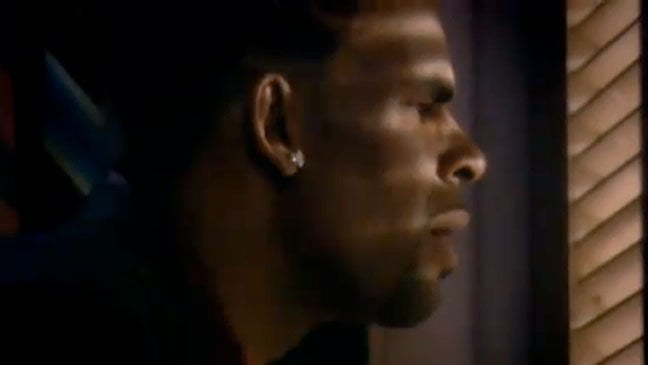

Kelly started by releasing the first five chapters on commercial radio, where, in spite of the songs’ lack of a chorus or melodic hook, the intricate and suspenseful storyline immediately enticed viewers and kept radio station phones ringing. Although he initially conceived it as an independent film, R. What really sealed its hit status, however, was its effective release strategy, which managed to capitalise on its unique adaptability to a variety of media, stirring curiosity and anticipation among viewers.
#Trapped in the closet full story serial
Trapped in the Closet seems, on one level, like an inevitable product of recent entertainment trends: the multimedia franchise, the automatic spinoff to DVD, the popularity of serial drama, the commercial success of R&B (Ferguson). Finally, I contend that the convergence of genres and narrative influences, as evident in the series’ content and style, parallels the convergence of media channels (radio, television, internet) that characterised its release and distribution, highlighting the increasing importance of a “transmedial” approach (Herman 47) in the conceptualisation and dissemination of cultural texts. Kelly reappropriates the conventions of the soap opera and the music video to create a wholly original form that both evokes these schemata and simultaneously challenges their narrative norms and aesthetics. The second part then theorises the ways in which R. The first part of the analysis examines the convergent release and distribution of Trapped in the Closet and discusses its popular and critical reception as a hybrid cultural product. Kelly’s perplexing serial hip-hopera, exploring how the artist’s chosen narrative strategies have shaped both the production and the release of the series. In this article I analyse the formal conventions of R. The extraordinary originality of Trapped in the Closet has set it apart from conventional musical and televisual products and, coupled with an extremely successful release strategy, has ensured an unforeseen success stretching far beyond his usual fan base and resulting in the series’ quick propagation as a cult phenomenon.

Trapped in the Closet (2005–present), a melodramatic musical saga in serial form described by the artist himself as a narrative “hip-hopera”, was set to be his magnum opus. Kelly needed was a more ambitious and cohesive project that would allow him to fully explore his creativity beyond the scope of tantalising R&B singles and music videos. While his songwriting had always evidenced an intense authorial drive and enormous creative potential, it soon became clear that what R. Kelly’s tracks have met with mixed critical reviews, and The Washington Post is right in pinpointing the qualitative inconsistency of his work, suggesting that “his brilliance doesn’t span entire albums, but rather pops up in the middle of his verses, as if by accident” (Richards). In spite of the commercial success of his records, however, R. And a lot of people are starting to realize that now” (qtd. “I’m the Martin Luther King, or all the other greats that have come before us. I’m the Bob Marley of today”, he recently told Hip-Hop Soul magazine.

His notorious ego is as much a part of his public persona as are his cornrows and classic cigar. Kelly’s solo career in R&B has spanned over fifteen years and has so far produced ten albums, all of which have gone platinum (Scaggs). Unbruised by a myriad of scandals, including the child pornography charges for which he was acquitted in June 2008, R. Kelly, is a strange man and an even stranger artist. Self-proclaimed as the “king” (Kelly, “I’m a Flirt”) and “Pied Piper of R&B” (Kelly, “Step in the Name of Love”), Robert Sylvester Kelly, better known by his stage name R. But then, what you think is a twist may actually be a twang.” R. “There are twists and turns that may make you think a certain way. Kelly’s Trapped in the Closet Ioana Literat Cultural Innovation and Narrative Synergy in R.


 0 kommentar(er)
0 kommentar(er)
